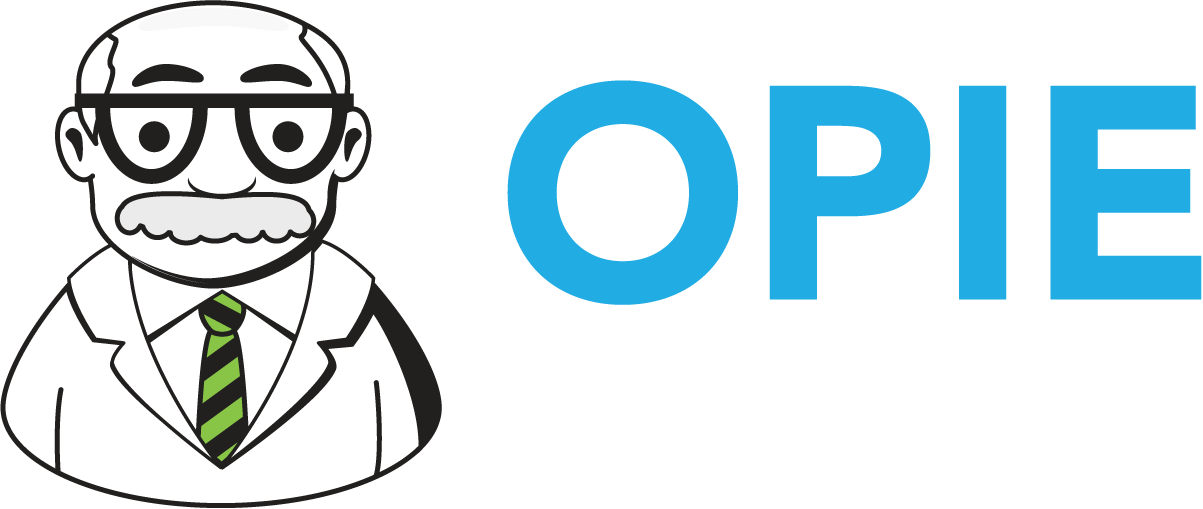Execution
Execution. What does that mean to you? And please know that I am not advocating the “elimination” of anyone! In the last few blogs, I have urged you to take stock of your current situation (an “environmental scan,” if you will) and think about what you want to get out of next year. If you want exactly the same thing, then all is well. Keep doing what you are doing the same way. But if you are trying to make any improvements or adjustments at all, well, that requires change. I am sure you’ve heard it said that the definition of insanity is doing the same thing over and over and expecting a different result!
So let’s not go insane (any more than we already are) by clinging to an organizational structure that is probably fairly static. It may very well be that your staff knows change is needed and you’re the one afraid to let it happen. Just in case, here are some signs that a little shuffling may be in order:
Misalignment of skills and responsibilities: Are your people feeling overloaded, underused, or simply not equipped with the skills needed for their assigned tasks? This can lead to frustration, inefficiency, and ultimately, subpar outcomes.
Duplication of efforts: Are multiple individuals working on the same project or task? This not only wastes valuable resources but can also create confusion and hinder communication.
Lack of accountability: Are unclear roles and responsibilities leading to finger-pointing and a lack of ownership over projects? This can ultimately undermine your team's operations.
Communication breakdowns: Are there silos forming between departments or teams? This can hinder collaboration and teamwork, which can hurt patient care.
I am going to assume you have the right people working for you. If not, that is a whole other topic. If you do, then what we are talking about here does not need to be traumatizing. It is a natural re-alignment. As companies grow, the environment changes, and people mature -- change is happening. And you’re probably thinking, “Well duh, Scott. You got a college degree for that?” Ok, fair. But how has your workplace organization changed to accommodate and capitalize on those changes? Huh? Right. So don’t you think shuffling should be natural? Shouldn’t we be putting people where they can make the best contribution and align their skills with their job responsibilities? But how do we do that?
It starts with a great understanding of your current state and a good understanding of your desired state. Then you figure out the differences between the two. Once you have that, you need to decide what actions you have to take to move from the current state to the future state, and what skills and aptitudes are required to effectively execute the plan. Now you can assess your people to see who best fits with the needs.
The great thing about this is that you can keep your people engaged and they are already your people so there is no need to onboard and deal with that disruption. On the other hand, if you conduct the analysis and make the determination that no one on staff has the skills and aptitudes, then you have to decide whether you change your plan or change your people.

